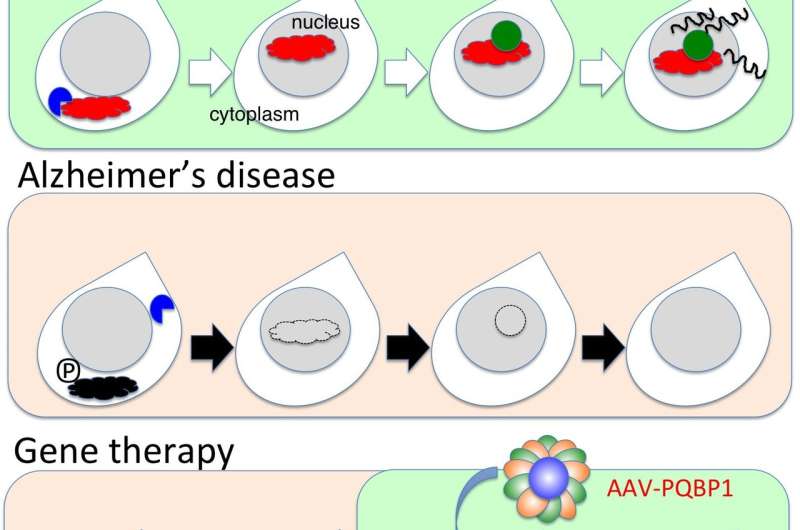
In this chapter, we will identify the critical components of the native human heart and present current knowledge regarding the generation of tissue-engineered whole hearts, with a focus on the use of decellularized ECM scaffolds. A needle is used to implant the tiny (third of a millimeter. The use of a natural ECM has emerged in part because synthetic matrices can be immunogenic and can undergo toxic degradation and trigger an inflammatory reaction. The scaffold is made from a jelly-like hydrogel material developed by first author, UW bioengineering doctoral student Lauran Madden. Engineered whole organs have the potential to alleviate the shortage of donor organs and to reduce the occurrence of rejection associated with transplantation because they can be generated with a recipient's own cells. If generated properly, a decellularized scaffold retains the structure and components of the ECM with minimal damage, thus maintaining the intrinsic mechanical and geometric properties of the organ that are essential for successful recellularization. Interaction of human cardiac fibroblasts with bioactive ECM scaffolds can induce a robust FGF-dependent cell-mediated vasculogenic paracrine response capable of. A decellularized whole heart, which is composed of extracellular matrix (ECM), proteins, and sugars, is a natural choice for a biologic cardiac scaffold. The process involves the construction and maintenance of tissues and organs in vitro by using natural or synthetic biomaterials as a scaffold. As an alternative to transplants, the tissue engineering of whole organs-in particular, of autologous organs-has emerged as a promising therapeutic option.


However, heart transplantation is limited by the availability of donor organs, as well as the possibility of acute rejection and complications resulting from immunosuppressive therapy. This raises the following questions: are interactions among WD40 proteins a common theme and does the formation of a WD40-WD40 repeat protein complex constitute a protein scaffold for integrating. The natural evolution of heart disease leads to end-stage heart failure, when organ replacement becomes the only therapeutic option. Cardiovascular diseases are the primary cause of death worldwide.


 0 kommentar(er)
0 kommentar(er)
